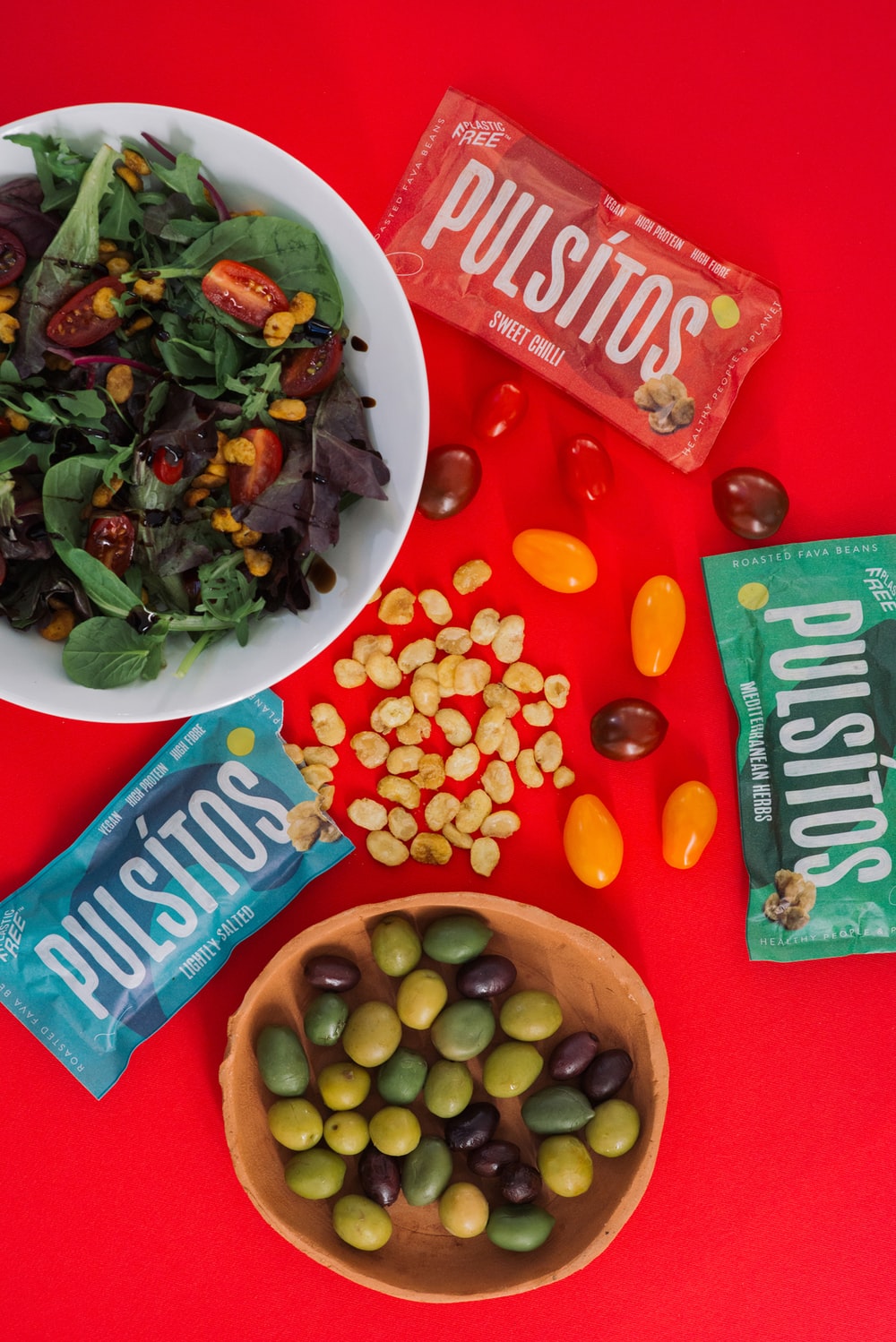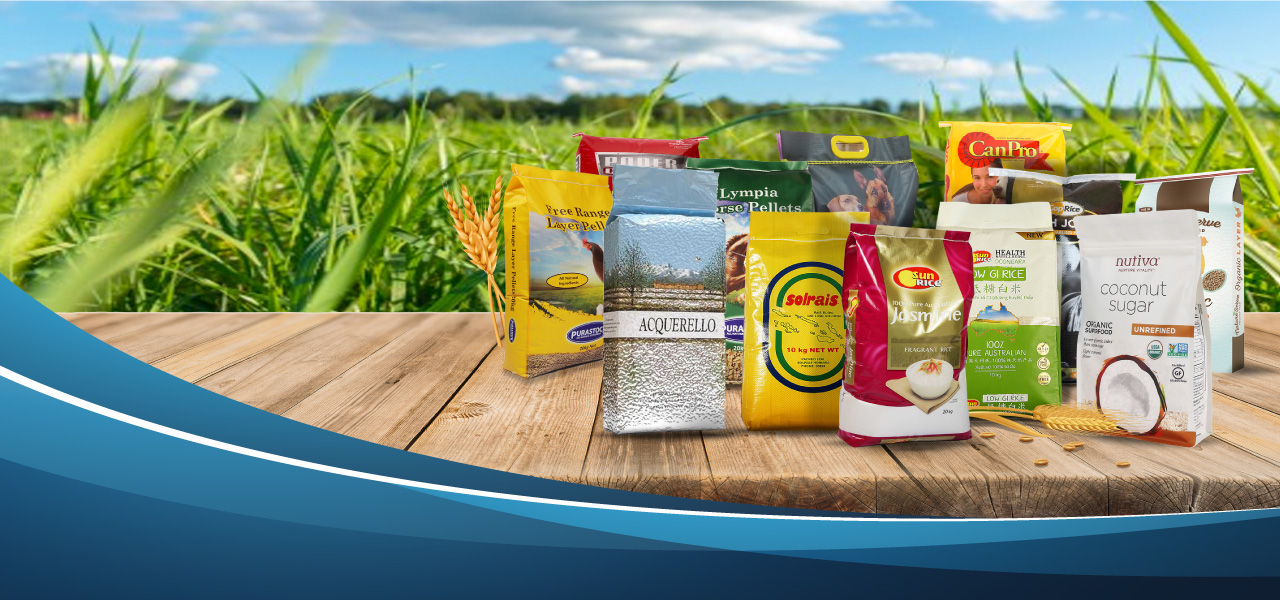Fruit and vegetable packaging is a farm practice that involves taking fresh crops from the field to the customer. Since all fruits and vegetables are perishable crops, choosing the right packaging for fruits and vegetables is crucial for farmers to survive in the market. The main function of packaging is to maintain fruits and vegetables in order to maintain their quality and extend the storage life.
More importantly, fruit and vegetable packaging represents an integral component in marketing management. As a matter of fact, a package is a way of communication with the customers, and therefore, it’s directly related to the sales strategy in fruit and vegetable packaging.
In this article, we first introduce the types of fruit and vegetable packaging and then explain how we should choose fruit and vegetable packaging. Finally, the trend of fruit and vegetable packaging is analyzed in detail.
Types of Fruit and Vegetable Packaging
Regarding its function, fruit and vegetable package can be observed in two ways:
Primary package:
The layer of the package which is in direct contact with the product; usually offered to the customer
Secondary package:
Holds the primary package during transport and storage, and therefore facilitates its handling
Regardless of its function, there are various types of fruit and vegetable packages. These include:
# Containers:
a cost-effective method for packing crops that are not so susceptible to physical damage, such as melons, pumpkins, yams, potatoes, and cassava. After the harvest, crops are stacked into a container which is fitted to a transport vehicle and delivered to the customers without using any other package.
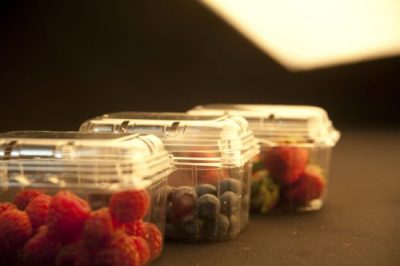
# Woven baskets:
Commonly used by small-holder farmers and made of locally available materials. These baskets provide very good ventilation for crops. However, their rough materials can damage the crops during transport and handling.
# Bags:
A relatively cheap packaging type, suitable for crops that are not so susceptible to physical damage, such as potatoes, onions, pumpkins, or melons.
Modified atmosphere package; a special package created by removing the air from the package and replacing it with a single gas or a mixture of gases. The carefully managed gas mixture within the package maintains an optimal crop respiration rate and extends crop storage life and quality.
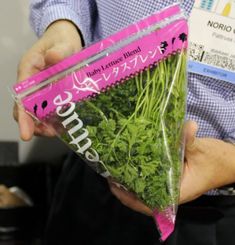
# Vacuum package:
A type of package in which oxygen was removed completely and the product is sealed in air-tight conditions
A Few Lessons About Choosing the Right Package
Farming is a very special activity that is highly dependent upon natural processes. In regards to that, every farm management should be unique. Each farmer’s decision, as well as each farm practice, can result in unexpected results. The same is with crop packing management. In order to manage crop packing successfully, while deciding on the right crop package, farmers should keep in mind a few of the following tips:
-
Crop requirements:
each crop has its own package requirements, for instance, berries are much more susceptible to damage than apples, and therefore, they require carefully managed packing.
-
Crop transport and storage management:
there is a difference between packing the crops that will be directly delivered to the market, and crops that will be stored for a certain period.
-
The storage:
crop package should be in accordance with the type of storage (CA storage, cooling storage, simple storage facilities, pre-cooling), as well as with the duration of the storage (short-term or long-term storage).
-
Message to customers:
the package is a way of communicating with the customers. Therefore, before packing their fruits and vegetables, farmers should consider how they want to present their products to customers.
-
Value for money:
when deciding on crop package, a farmer should be aware of his own financial possibilities. Besides that, for certain high-value crops (e.g. blueberries), farmers can afford higher costs of packaging. On the other hand, for crops such as potatoes, farmers prefer using more affordable packaging solutions.
In order to effectively bring advertising messages and important product information to the packaging, we should collaborate with an experienced advertising agency, which in turn closely cooperates with the packaging manufacturer who ultimately manages the printing of the fruit and vegetable packaging.
He also competently advises which printing method best suits the planned product and its specific requirements: flexographic, offset, or digital printing. In all the printing methods mentioned above, it is possible to resort to food-compatible inks in order to exclude the pollution of the product by the printing inks.
Six trends in fruit and vegetable packaging
Consumers are more concerned than ever about what they eat and where their food comes from. The growing demands in terms of health, sustainability, and organic production determine not only what customers eat but also the purchasing behavior of modern consumers.
At the same time, the variety of food products is increasing enormously – there are also constantly changing breeds and new varieties in the fruit and vegetable sector. Along with these changes, the packaging requirements are changing as well.
Trend 1: Sustainability along the supply chain
Eco is in! The desire for sustainable food ranges from production, up the value chain, into the kitchen. Packaging plays an important role throughout the supply chain – in terms of freshness and protection of goods, quality, and labelling. Corrugated cardboard or full cardboard packaging is not only nearly 100 per cent recyclable, but it is also made from renewable raw materials, which has a positive impact on the CO2 balance.
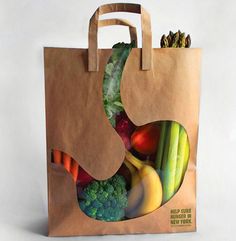
In addition, such packaging is much more natural than plastic and is rightly perceived by consumers as sustainable and environmentally friendly. For this reason, supermarkets and discounters are increasingly using cardboard instead of plastic in the packaging of fruit and vegetables, as in the case of cherry tomatoes, for example, which are increasingly available today packed in printed corrugated board trays.
Trend 2: Promoting the regional character
Many growers already know that in the case of fruit and vegetables, the regional origin of the products is even more important to consumers than biological or ecological considerations or fair guarantees. This was again confirmed by the study “Fruits and Vegetables 2016” by market research institute Mafowerk. The downside: Regional products are not available year-round in Germany.
As a result, more and more German producers are growing their fruits and vegetables in greenhouses. For consumers, this means for example that in November there are still strawberries from Franconia – instead of Peru. On the one hand, for the growers, this means a longer season and thus a competitive advantage over fruit and vegetable suppliers from abroad. On the other hand, smaller farms also have to learn to play their regional trump card: their own name, logo, and, of course, the region should be printed directly on the packaging. Packaging of cardboard or corrugated board is particularly suitable here because of the good printability of the material. And this is how regional producers stand out from their competitors in Italy, Spain, and so on.
Trend 3: Optimum advertising effect through a variety of printing processes
Trend 4: Flexibility and proximity in terms of logistics
High-yield harvests, lean harvests, a short-term harvest time, or the sudden increase in demand for regional produce due to trade promotions – in the fruit and vegetable sector, flexibility is extremely important. As a result, growers should source their packaging from a regional supplier who offers flexible delivery times, variable purchase quantities, and who offers to store the packaging until harvest time.
Trend 5: New packaging sizes and shapes
Changes in the shape and size of fruits and vegetables also require adaptation of the packaging. For example, the so-called small farmer’s cucumbers have already displaced the well-known larger cucumbers, and the trend continues towards still smaller specimens: the even smaller snack cucumbers. This also means that the size of the primary packaging, for example, a vegetable tray for the snack variant of the classic cucumber, as well as secondary packaging and packaging units must be adapted to this trend in fruit and vegetable packaging.
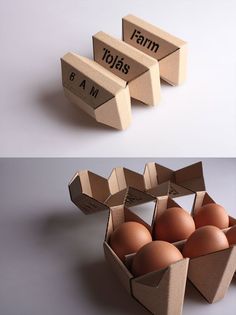
Trend 6: Changed material requirements
Foods that are shrink-wrapped in plastic could be rated worse in their actual quality than goods in an open cardboard box. However, paperboard fruit and vegetable packaging are particularly complex due to the moisture of the packaged products. For example, cucumbers are packed in cellophane before entering the vegetable rack, which is conducive to shelf life.
Alternatively, growers may provide fruit and vegetable trays with special paper grades or coatings that prevent moisture from entering the carton. An important role in material selection also plays a role in how fruit and vegetables are stored across the supply chain, for example in cold stores, during the transport route, and for which period of time.
Fresh fruit and vegetable packaging
The packaging of fresh fruits and vegetables is a fast and streamlined process. We understand your needs for flexibility and provide tailor-made solutions for the efficient processing of your fresh produce.
From flat packaging to ready-to-use top boxes and trays.
Our packaging solutions are used in automatic and manual production processes.
Manual processing, external setup services, or automation may be the best solution for you, depending on your operational capabilities.
With a huge network of setup stations and machine suppliers, we can advise you on how to effectively set up the packaging process with a transparent cost structure.
Intelligence in the greenhouse also means sustainable selection and smart inventory management.
We will deliver it at the exact time you need the packaging and keep it in stock.
Packaging provides protection, tamper resistance, and special physical, chemical, or biological needs.
It may carry nutrition labels and other information about foods available to consumers in local and international markets.
The packaging of frozen foods such as fruits and vegetables is divided into three types, namely primary, secondary and tertiary.
The primary packaging is in direct contact with the food, and the food can be kept in the packaging until it is used.
Secondary packaging is a form of multiple packaging used to process packages together.
The tertiary packaging is basically an extra layer on the secondary packaging used for bulk transportation of products.
The role of packaging in the fruit and vegetable industry
The packaging of fresh fruits and vegetables is one of the important steps in the long and complicated journey of fruits and vegetables from farmers to consumers.
Bags, crates, baskets, baskets, cartons, bulk boxes, and pallet containers are convenient containers for handling, transporting, and selling fresh produce.
Although the industry generally believes that container standardization is a way to reduce costs, the trend in recent years is to adopt a wider range of packaging sizes to meet the diverse needs of wholesalers, consumers, foodservice buyers, and processing operators.
Packaging and packaging materials contribute significant costs to the agricultural product industry;
therefore, it is important that packagers, shippers, buyers, and consumers have a clear understanding of the various packaging options available.
The main function of packaging
A properly designed product container should contain, protect and identify the product.
The packaging should be very attractive, and everything should be clearly mentioned on the packaging.
The important keys in some of these packages are given below.
1. Variety
2. Recyclability
3. Sales appeals.
4. Shelf life.
The following are the more important general requirements and functions of food packaging materials/containers:
1. It must be non-toxic and compatible with specific foods.
2. Hygiene protection, moisture-proof, grease-proof, gas-proof, and odor-proof.
3. Shading, impact-resistant, transparent, and easy to open.
4. Re-seal function, easy to handle size, shape, and weight restrictions.
5. Appearance, printability and low cost, special functions, etc.
Frozen packaging of fruits and vegetables——
1. The packaging material should be moisture-proof to prevent evaporation, so as to maintain the highest quality of frozen food.
2. Non-rigid containers include bags and sheets made of moisture-proof, thick aluminum foil, polyethylene, or laminated paper.
3. Bags are the most commonly used packaging materials for frozen fruits and vegetables because of their flexibility in processing and handling. They can be used with or without external cardboard boxes to prevent tearing.
With research and analysis, the future of fruit and vegetable packaging and the food industry has a long-term and broad market and export in India.
The fruit and vegetable industry, like the packaging industry in this industry, has good entrepreneurial opportunities.
In addition, the Indian government is also promoting and providing large amounts of funds and opportunities to develop fruit and vegetable processing industries so that these industries can achieve large-scale growth.
How to choose the right fruit and vegetable packaging?
Fruit and vegetable packaging is a farm practice that involves transporting fresh crops from the field to the customer. Given that all fruits and vegetables are highly perishable crops, choosing the right fruit and vegetable packaging is crucial for farmers’ survival in the market.
The main function of packaging is to preserve fruits and vegetables to maintain their quality and extend their storage life.
More importantly, fruit and vegetable packaging is an indispensable part of marketing management.
In fact, parcels are a way of communicating with customers, so they are directly related to sales strategies.
Types of fruit and vegetable packaging
Regarding its function, fruit and vegetable packaging can be observed from two aspects:
Primary packaging: the packaging layer in direct contact with the product; usually provided to customers.
Secondary packaging: the primary packaging is maintained during transportation and storage, so it is easy to handle
Regardless of its function, there are various types of fruit and vegetable packaging. These include:
Container: a cost-effective method for packaging crops that are not susceptible to physical damage, such as melons, pumpkins, yams, potatoes, and cassava. After harvest, the crops are stacked in a container, which is mounted on a transport vehicle and delivered to the customer without using any other packaging.
Cardboard: wooden or plastic boxes or crates; a widely accepted way of packaging various fruits and vegetables. These boxes come in various shapes and sizes and are suitable for different products.
Woven basket: It is usually used by small farmers and is made of locally available materials. These baskets provide very good ventilation for the crops. However, their rough materials can damage crops during transportation and handling.
Bag: a relatively inexpensive type of packaging suitable for crops that are less susceptible to physical damage, such as potatoes, onions, pumpkins, or melons.
Modified atmosphere packaging; special packaging made by removing air from the packaging and replacing it with a single gas or gas mixture.
The carefully managed gas mixture in the package can maintain the best crop respiration rate and extend the storage life and quality of the crop.
Vacuum packaging; a type of packaging that completely removes oxygen and seals the product in an airtight condition
Some lessons about choosing the right packaging
Agriculture is a very special activity, highly dependent on natural processes. In this regard, each farm management should be unique.
Every farmer’s decision, and every farm’s practices, can lead to unexpected results. The same is true for crop packaging management.
In order to successfully manage crop packaging, farmers should keep the following tips in mind when deciding on suitable crop packaging:
1. Crop requirements; each crop has its own packaging requirements. For example, berries are more susceptible to damage than apples, so they need to manage their packaging carefully.
2. Crop transportation and storage management; there is a difference between crops directly delivered to the market and crops stored for a period of time.
3. Storage; crop packaging should be classified according to storage type (CA storage, cold storage, simple storage facility, pre-cooling) and storage period (short-term or long-term storage).
4. Messages to customers; parcels are a way to communicate with customers. Therefore, before packaging fruits and vegetables, farmers should consider how to show their products to customers.
5. Good value for money; when deciding on the packaging of crops, farmers should understand their financial capabilities.
In addition, for certain high-value crops (such as blueberries), farmers can afford higher packaging costs.
On the other hand, for crops such as potatoes, farmers prefer to use more affordable packaging solutions.
Some farmers do not pay attention to crop packaging. However, choosing the right packaging for the crop can be a turning point in maintaining yield and maintaining crop quality.
Most importantly, crop packaging will determine the success of farmers in the market.
Conclusion:
Some farmers do not add importance to crop packaging. However, choosing the right package for crops can be a turning point for preserving the yield and maintaining crop quality. Above all, crop packaging will determine a farmer’s success on the market.
The current trend of fruit and vegetable packaging has reached personal benefit. We recommend that farmers use an excellent vegetable and fruit packaging company, and they will advise agricultural producers on the packaging of fruit and vegetable varieties.
About PrimePac
At PrimePac, we bring together design experts and brand innovators to create fresh ideas, customized packages, and fully efficient processes.
We design creative packaging solutions that cater to a diverse global audience with the in-house knowledge and network of experienced professionals to meet the demands of every type of client.
From our dedicated sales team and warehouse staff in Australia to the experts at our production facilities in China, all of our employees are guided by four core values at the heart of our business: integrity, innovation, passion, and engagement.
Network
With our team in China and Australia working as one, we reduce inefficiency so that you deal with one streamlined team from manufacturing right to delivery in fruit and vegetable packaging.
Service support team located in Guangzhou, the manufacturing hub of China, providing rapid response, and local industry knowledge. Warehouse and 3PL network located in Sydney, to provide rapid distribution, and delivery to your customers.

